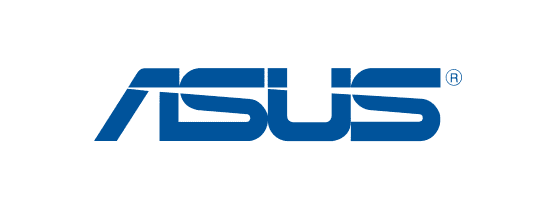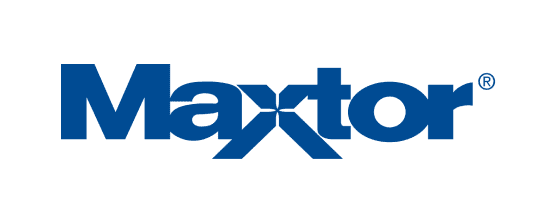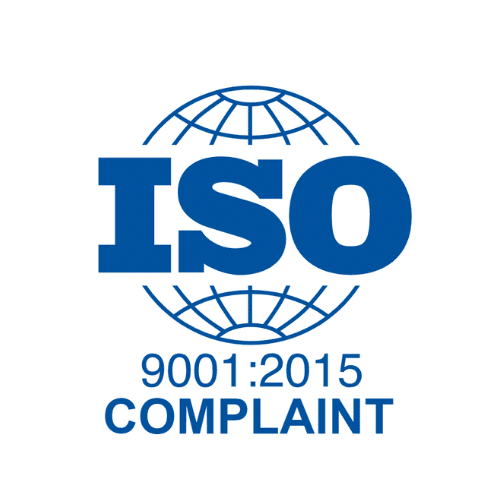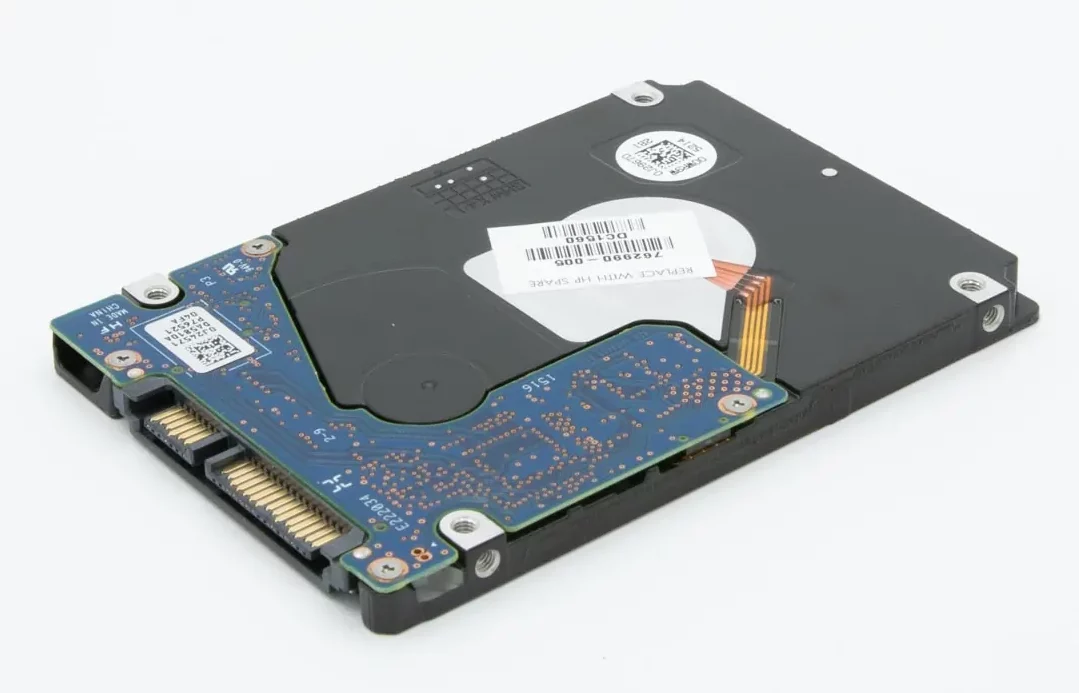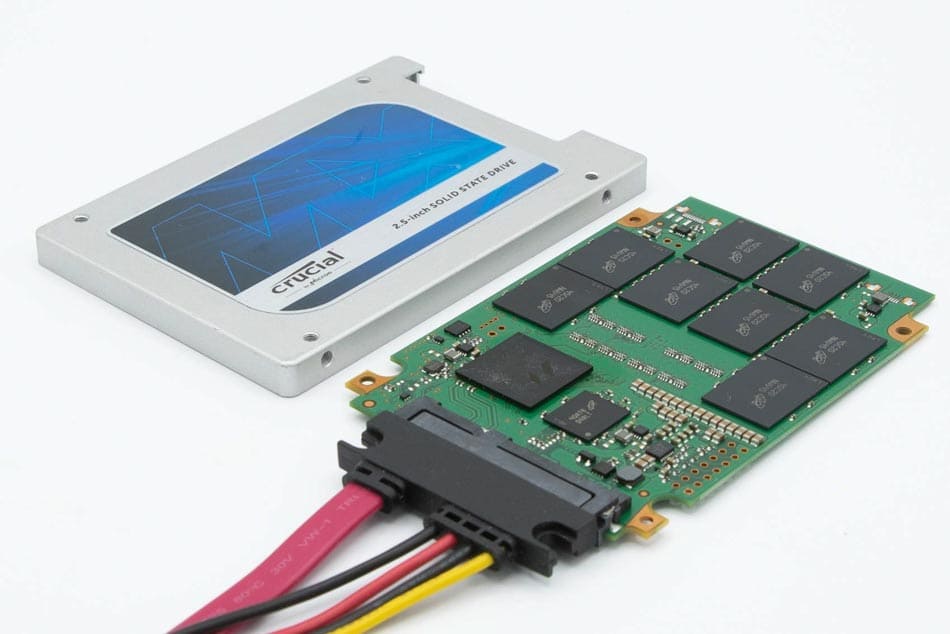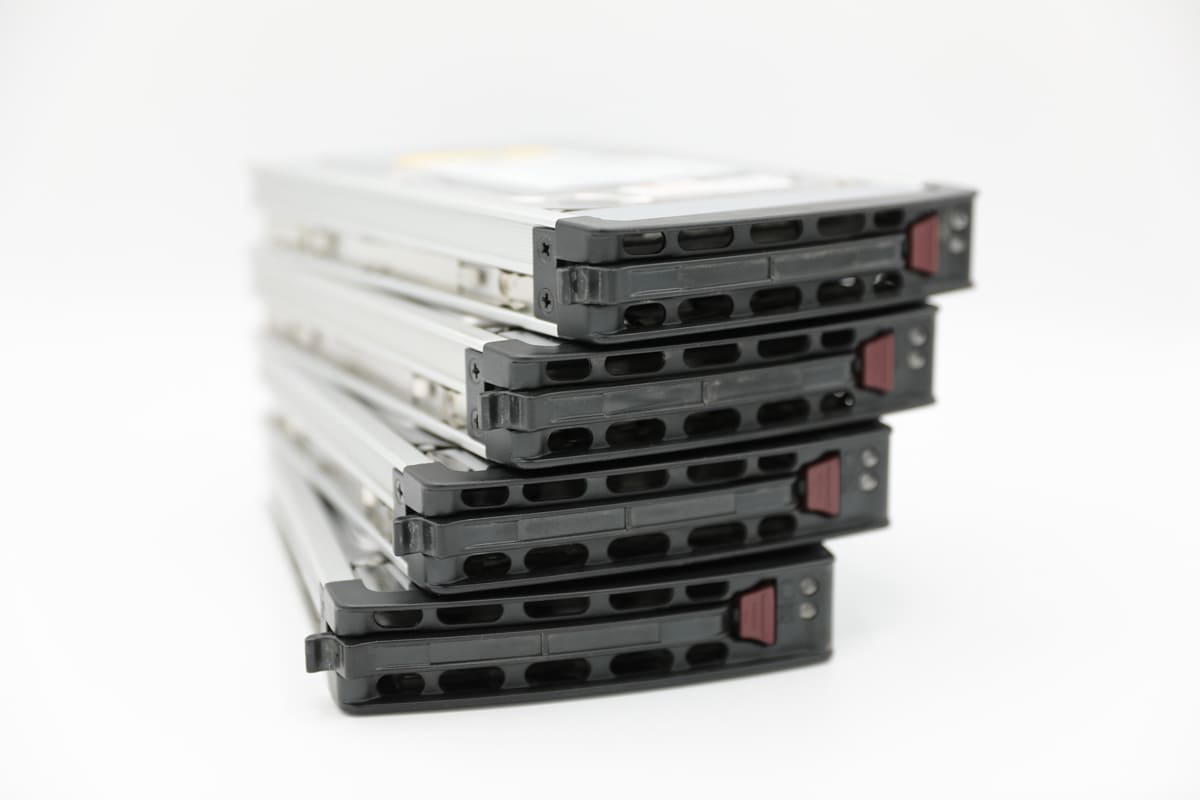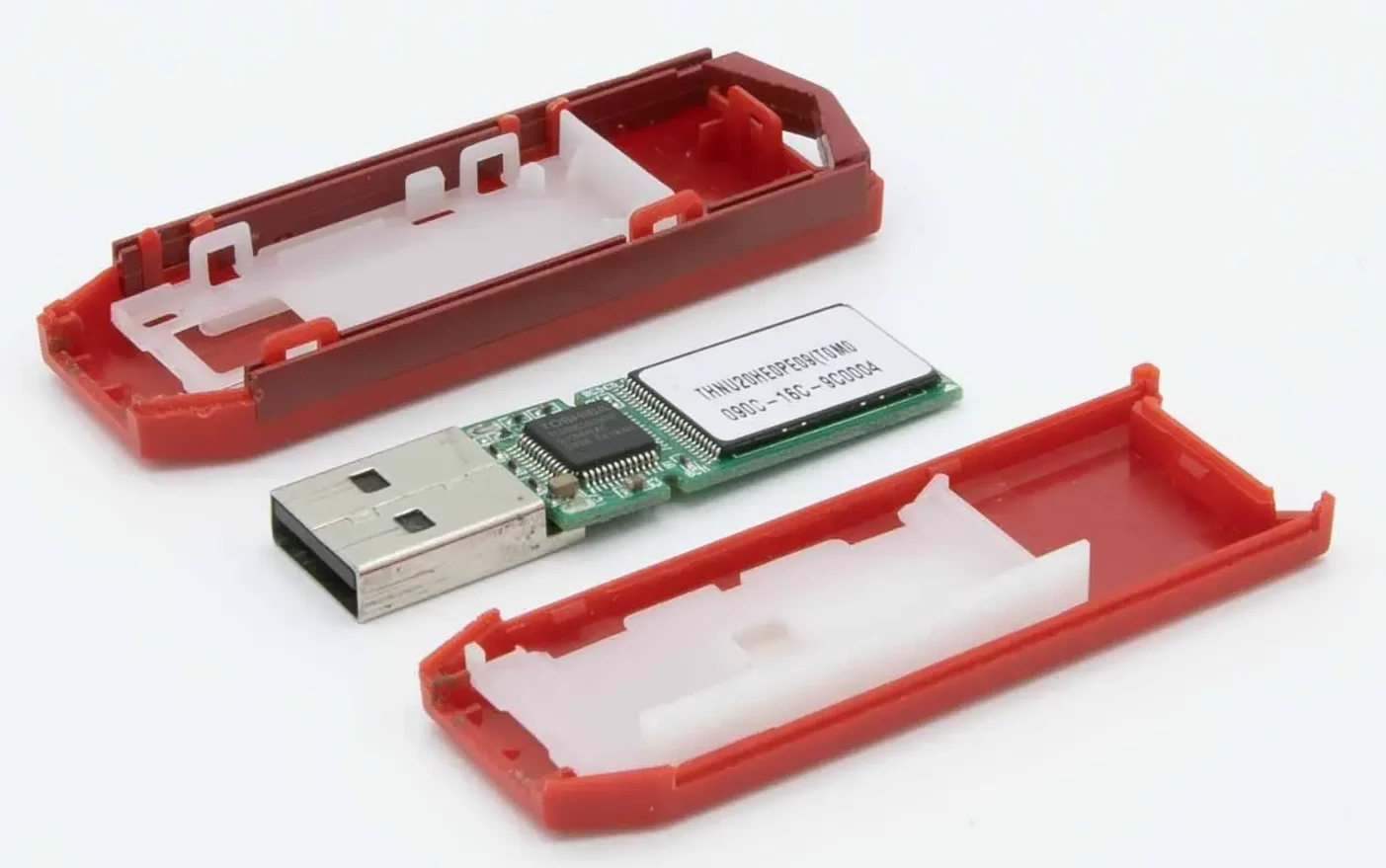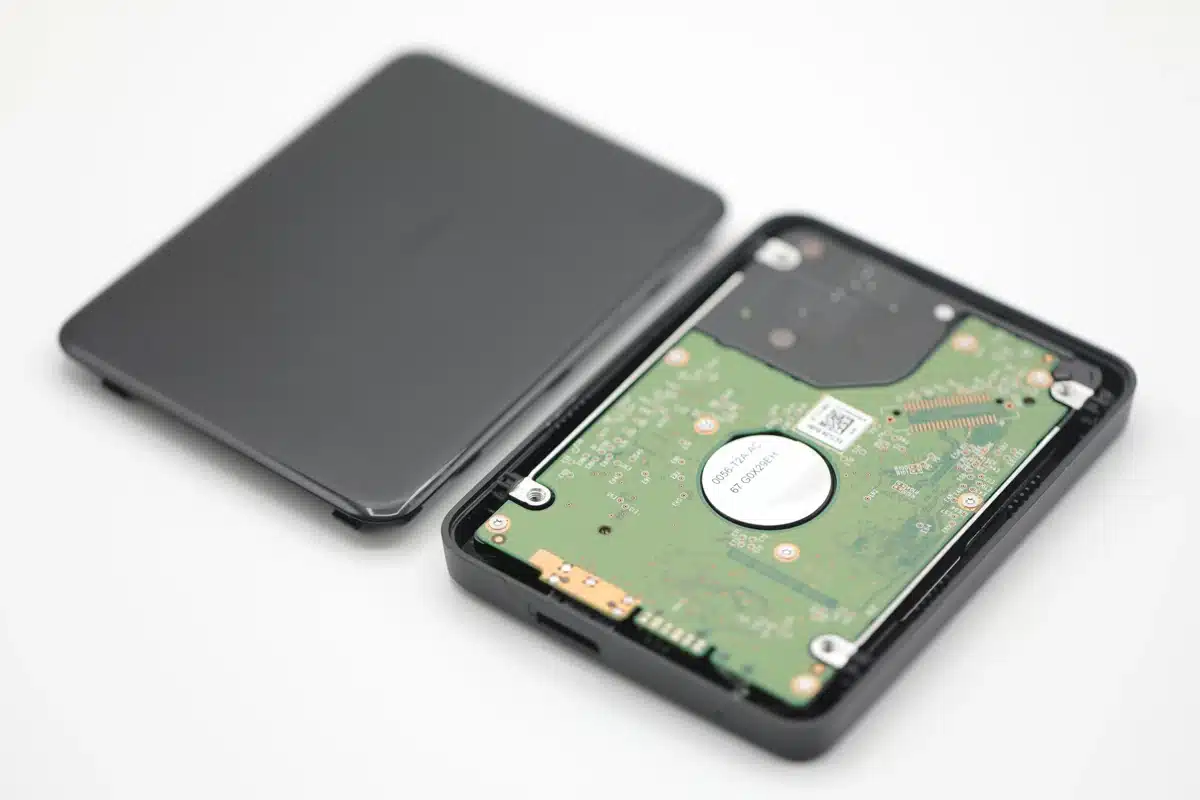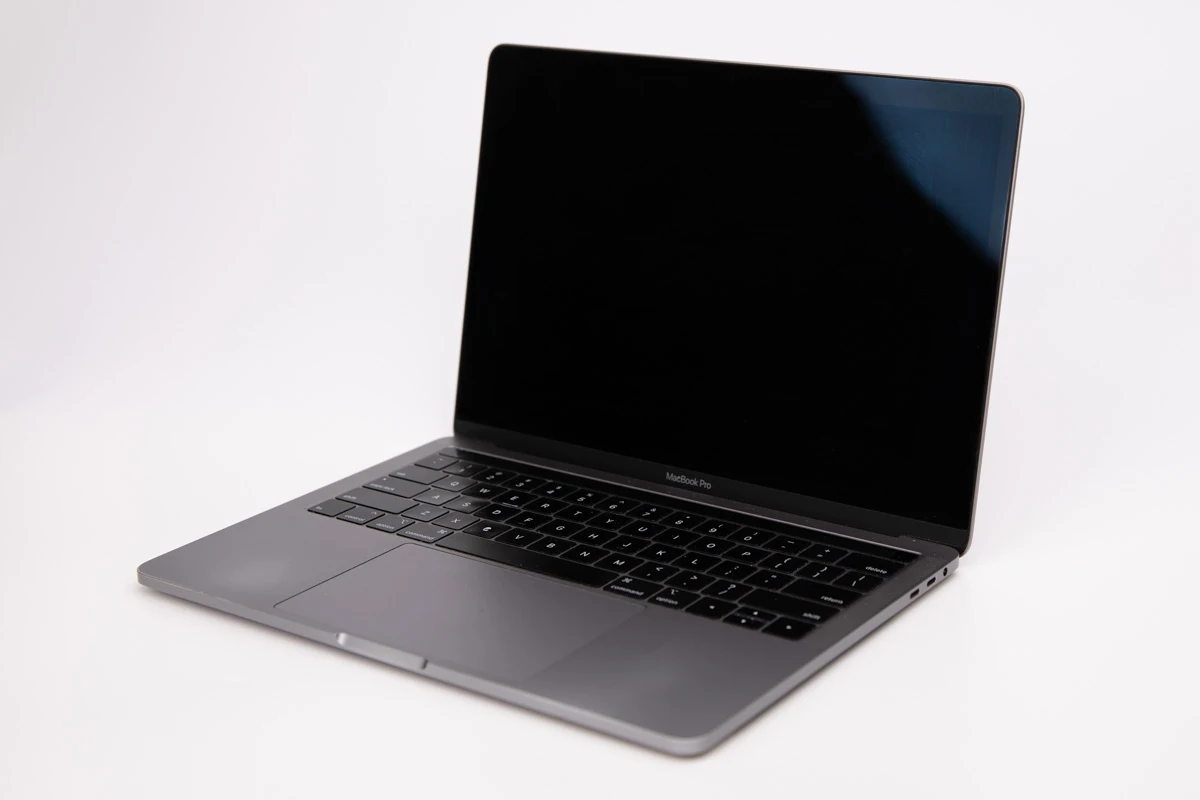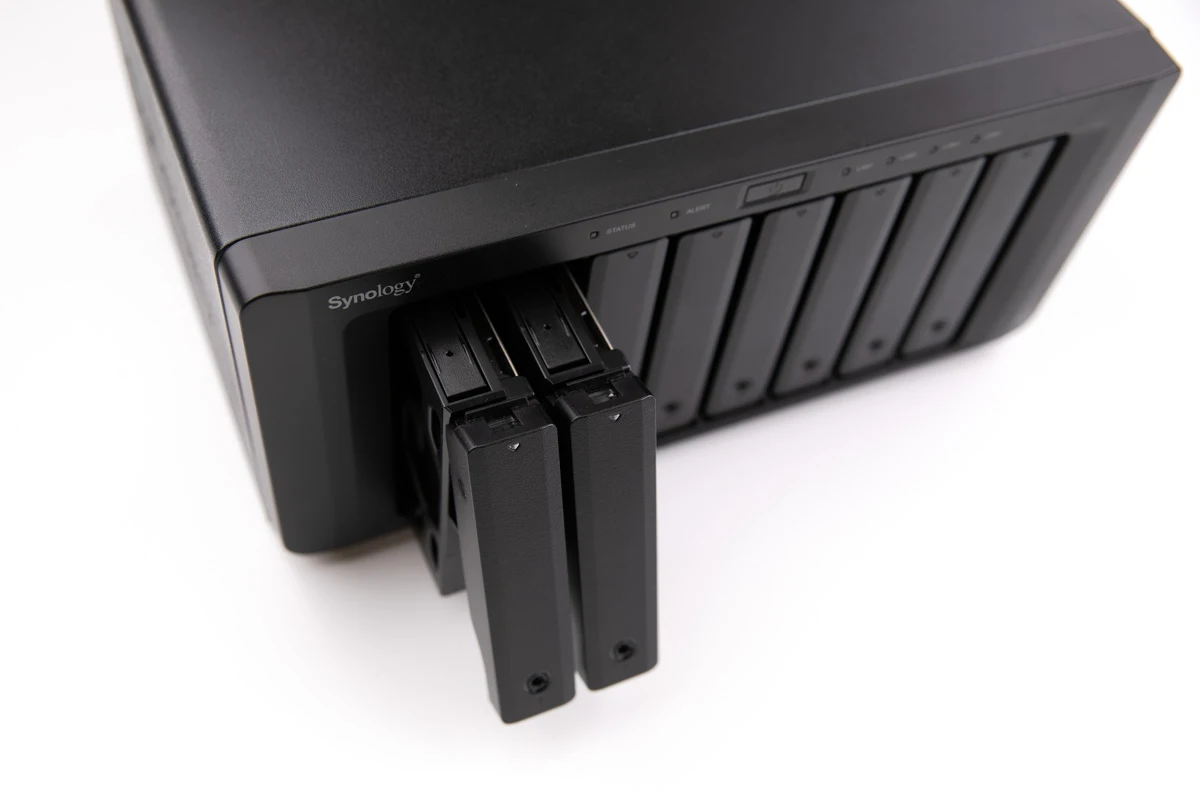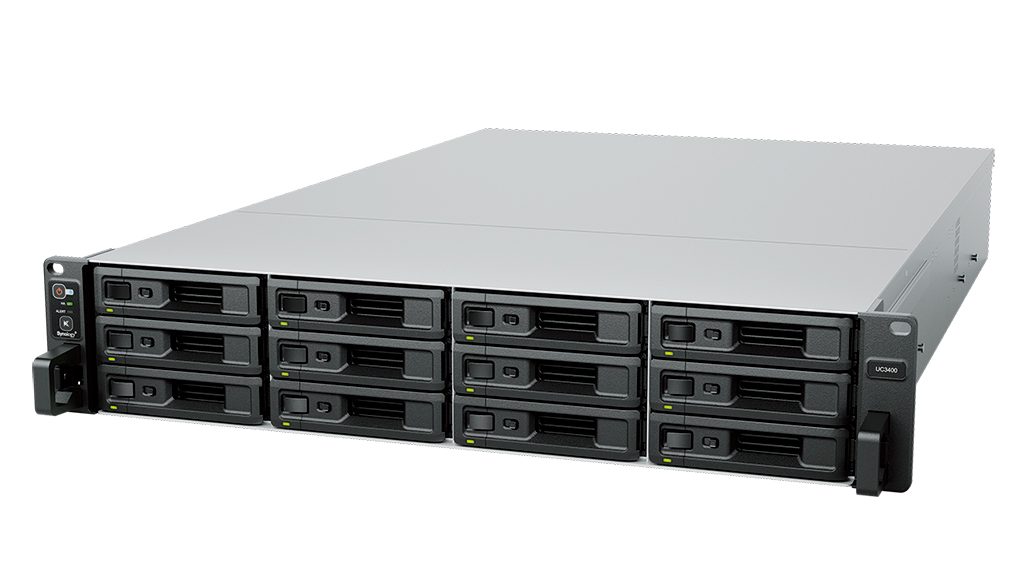Data Recovery Services
Our expertise encompasses a wide range of storage devices, including HDDs, SSDs, RAID arrays, SANs, NAS systems, Servers, External Hard Drives, Tapes, and Laptops. Safeguarding the integrity and confidentiality of your data is our highest priority.
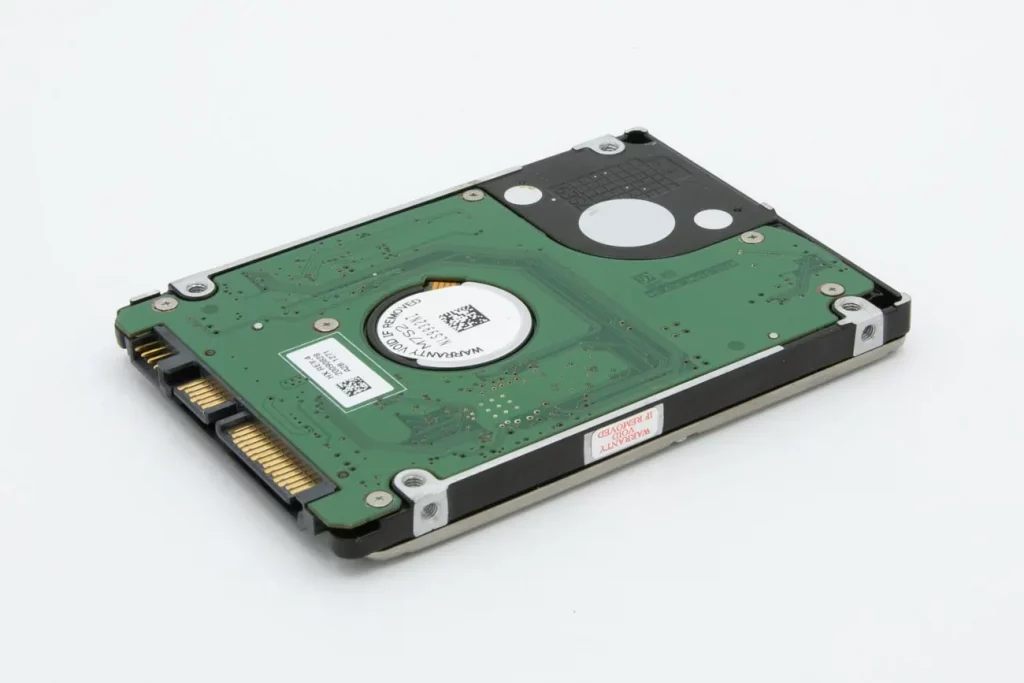
- 99% Success Rate
- No Data, No Charge
- File Verification
- Fast Turnaround
- Data Security & Privacy
- Free Quote
PITS Global Data Recovery Services provides businesses and individuals in the United States with top-level data recovery services. Our engineers are available 24/7 and are able to help customers anytime, anywhere they are facing a data loss.
Regardless of your location, we are always ready to help you recover your lost data and prevent any further loss. With PITS Global Data Recovery Services, you can rest assured that your data is in safe hands.
Our company is a leader in the data recovery industry with a 99% success rate. We help companies, government agencies, and end-users to get their data from failed, not recognized, not showing, or not working devices. Our team will provide you with a positive experience while delivering your data back.
Our Data Recovery Services
We offer clients with a critical data loss situation a completely risk-free evaluation. Our engineers perform technical inspections in a safe environment to protect your broken or damaged device and valuable data. Additionally, we specialize in ransomware recovery services to help you regain access to your encrypted files.
Our file verification process via remote session is integral to customer satisfaction. Unlike other companies, we are the only ones offering this unique service. Following successful data recovery, we initiate a remote session that allows our customers to peruse and check their files on their own.

Data Recovery Locations








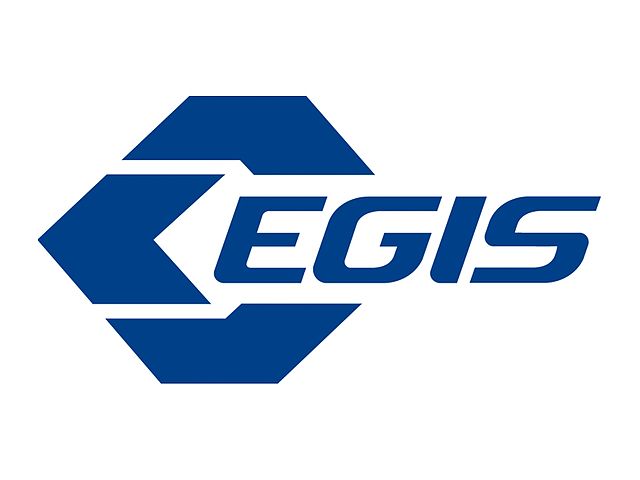


PITS Global Data Recovery Services is the right company to entrust the failed storage device with all the valuable data to. Our engineers approach each device individually and recover all the critical files within the required timeframes. We are able to deal with any failure scenario and help our clients anytime, anywhere they need us.
Frequently Asked Questions
What types of devices can you recover?
We offer data recovery services for a wide range of storage devices, including hard disk drives (HDD), solid-state drives (SSD), RAID arrays, USB flash drives, memory cards (SD, microSD, CF, etc.), external hard drives, laptops, and desktop computers.
Can you recover data from physically damaged storage devices?
Yes, we specialize in the recovery of data from physically damaged storage devices. Our experts have the knowledge and equipment necessary to repair and extract data from devices that have suffered physical trauma, such as water damage, fire damage, or mechanical failures.
Do you offer data recovery for enterprise-level systems?
Yes, we provide data recovery services for enterprise-level systems, including servers, RAID arrays, servers, and NAS (Network Attached Storage) devices. Our team has extensive experience in handling complex data recovery cases for businesses and organizations.
Can you recover encrypted or password-protected devices?
Yes, we have the expertise to handle encrypted or password-protected devices. However, please provide us with the necessary credentials or encryption keys to ensure a successful recovery. If you are unable to provide the required access information, we will work closely with you to explore available options.
What is the success rate of your data recovery services?
Our data recovery success rate is 99%. However, it’s important to note that the success rate can vary depending on factors such as the condition of the storage device, the extent of damage, and the specific data loss scenario. We employ advanced techniques and technology to maximize the chances of a successful recovery.
How should I prepare my storage device for data recovery?
If you suspect data loss or damage to your storage device, it’s important to minimize further damage by discontinuing any attempts to recover data on your own. Do not use unreliable software or tools, as they can potentially worsen the situation. Instead, safely power down the device and reach out to our professionals for assistance.
How do I get started with your data recovery services?
To get started, simply reach out to our team through our website or contact information provided. We will guide you through the process and provide instructions for securely shipping or dropping off your storage device to our facility. Once we receive your device, our experts will perform an evaluation and provide a detailed quote and turnaround time for your approval.





























































































































"*" indicates required fields












